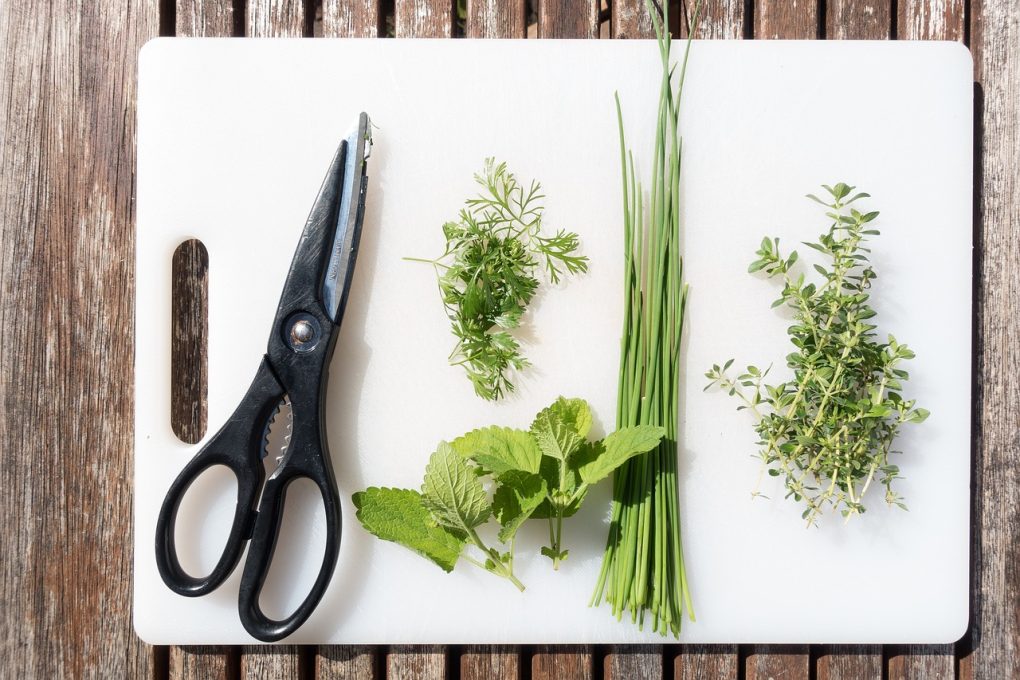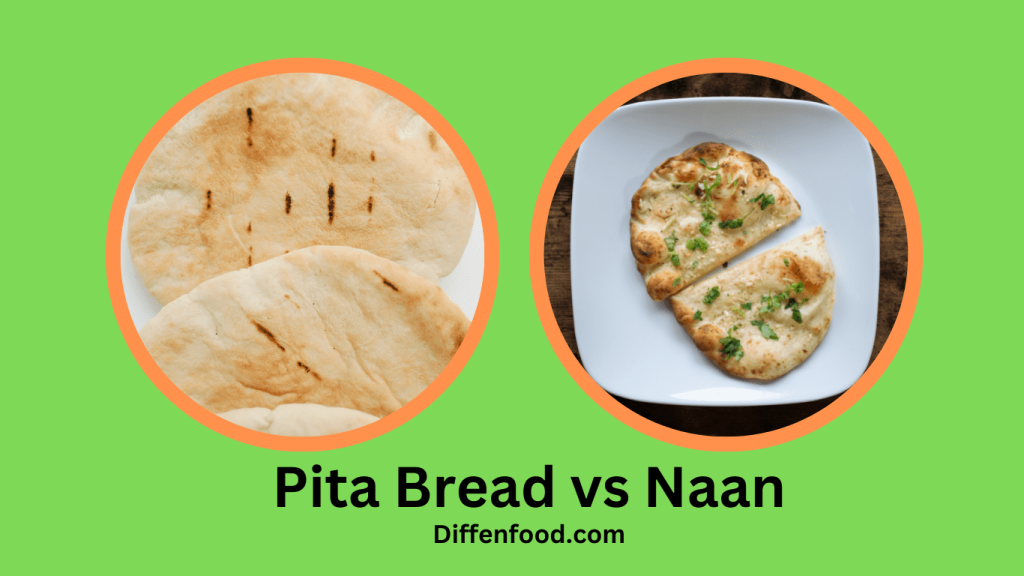
When it comes to cooking and baking, having the right ingredient can make all the difference. When it comes to corn, there are two ingredients in particular that are commonly used, but they can often be confused for one another: corn flour and cornmeal. To understand the difference between these ingredients, let’s dive into what they are, how they’re made, and when to use them.
What is Corn Flour?
Corn flour is made from finely ground corn. It’s a fine, powdery flour, usually made from a variety of corn, including white, yellow, and blue. It’s often used as a thickener or a gluten-free flour substitute in baking. Corn flour has a mild flavor and is often used in recipes that call for baking powder. It’s also a great alternative to wheat flour in recipes that require a light, tender texture.
What is Cornmeal?
Cornmeal is a coarsely ground flour, also made from corn. It’s a popular ingredient in many baked goods, including cornbread, pancakes, and muffins. Cornmeal is usually made from a variety of corn, including yellow, white, and blue. It has a slightly nutty flavor and a hearty texture. Cornmeal is a great addition to recipes that call for a crumbly texture, like cornbread or muffins. It also makes a great coating for fried foods, like chicken and fish.
Differences Between Corn Flour and Cornmeal
When considering the disparities between corn flour and cornmeal, the primary contrast lies in their texture. Corn flour is a fine, powdery substance, whereas cornmeal is a coarsely ground variety. In terms of flavor, corn flour possesses a mild taste, while cornmeal can exhibit a slightly nutty flavor.
Corn flour finds common application as a thickening agent or a gluten-free substitute in baking. It serves as an alternative to wheat flour in recipes that necessitate a light and delicate texture. Conversely, cornmeal is frequently employed in dishes that require a crumbly consistency, such as cornbread or muffins. Additionally, it serves as an excellent coating for fried foods like chicken and fish.
When to Use Corn Flour vs Cornmeal
When it comes to deciding which ingredient to use, it all depends on the dish. For baking, corn flour is often used as a thickener or a gluten-free substitute in baking. It’s also an alternative to wheat flour in recipes that require a light, tender texture. For recipes that call for a crumbly texture, like cornbread or muffins, cornmeal is usually the preferred choice. It also makes a great coating for fried foods, like chicken and fish.
Nutritional Differences Between Corn Flour and Cornmeal
When it comes to nutrition, there are some differences between corn flour and cornmeal. Corn flour is lower in fiber and protein than cornmeal. Corn flour is also slightly higher in carbohydrates than cornmeal. However, both ingredients are good sources of vitamins and minerals, such as iron, magnesium, and B vitamins.
What Else Can You Make With Corn Flour and Cornmeal?
Besides the recipes mentioned above, there are many other dishes you can make with corn flour and cornmeal. Cornmeal can be used to make polenta, a tasty Italian dish made with boiled cornmeal. Corn flour can be used to make corn tortillas, which are a staple of Mexican cuisine. Cornmeal and corn flour can also be used to make dumplings or porridge.
Conclusion
When it comes to culinary endeavors, selecting the correct ingredient can significantly impact the outcome. Corn flour and cornmeal, although commonly mistaken, possess distinct characteristics. Corn flour presents itself as a fine and powdery flour, while cornmeal takes the form of a coarsely ground variety. In baking, corn flour finds utility as a thickener or a gluten-free alternative. Conversely, cornmeal frequently features in recipes that require a crumbly texture, such as cornbread or muffins. Both ingredients offer valuable vitamins and minerals, and can be employed to prepare a diverse array of dishes.


